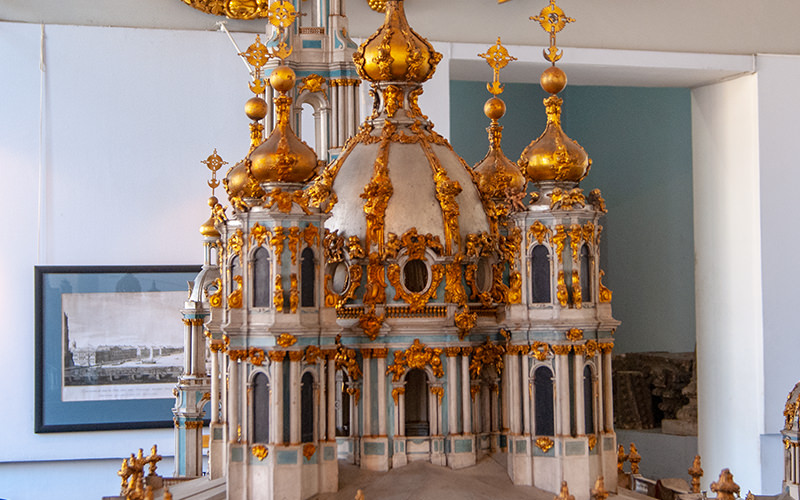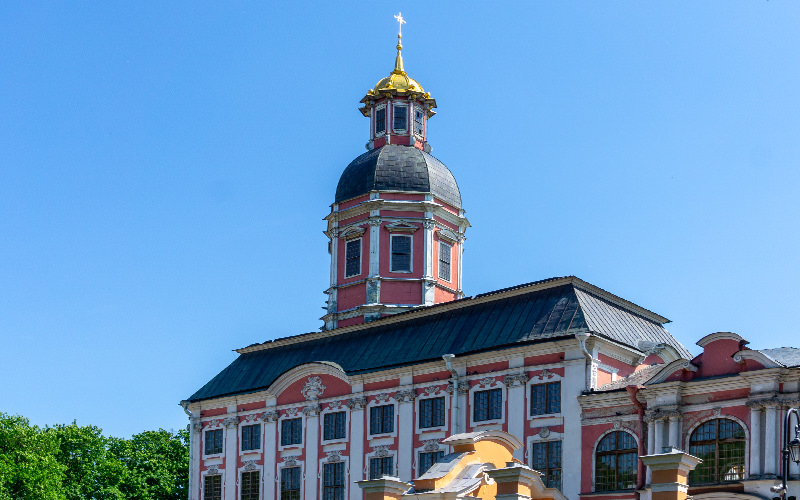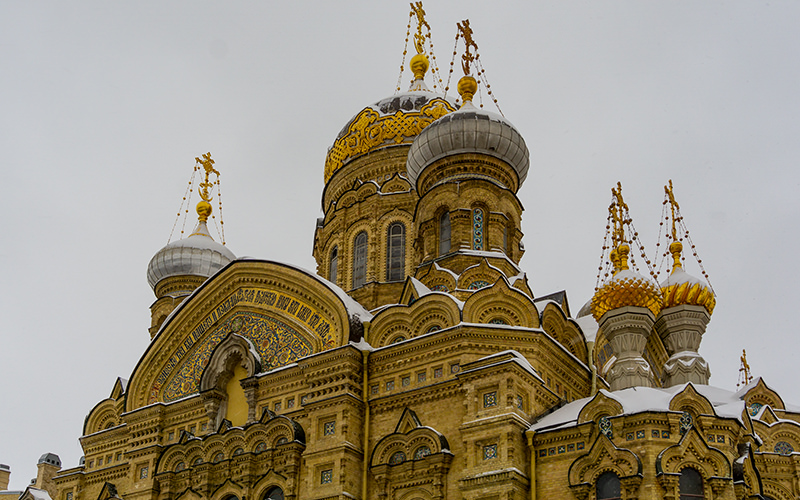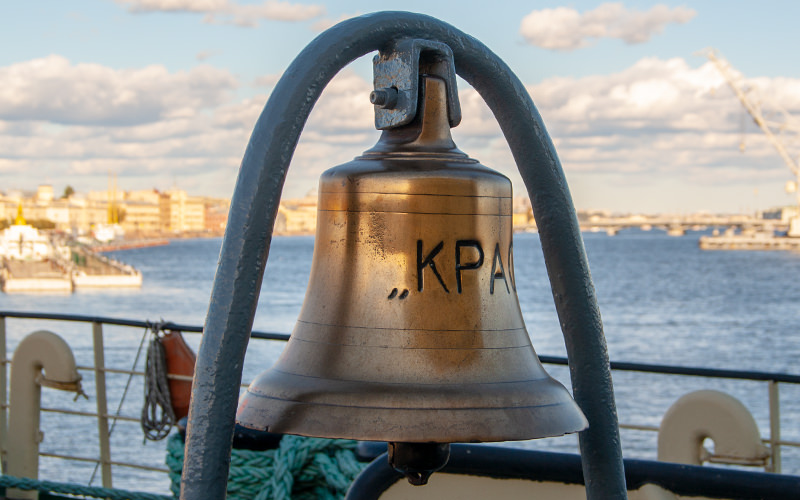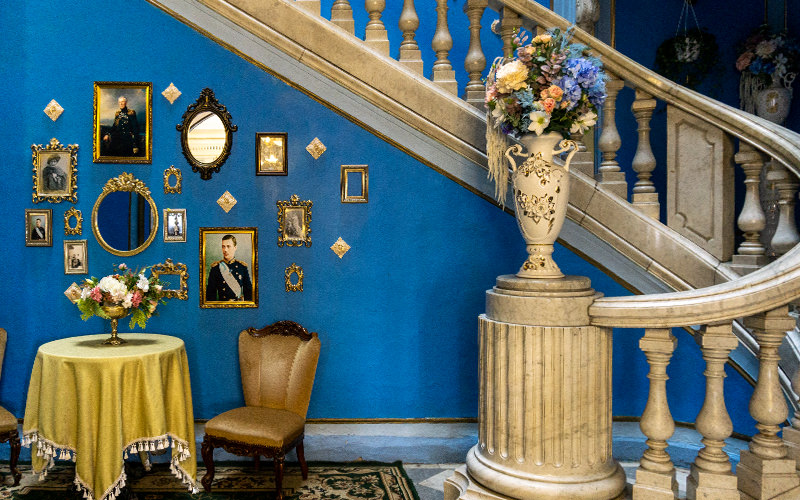Saint Petersburg is a city deeply connected with the Russian navy, honoring the memory of sailors. Perhaps that's why the city has several floating museums. One of them is dedicated to the submarine S-189. This diesel submarine was built in 1954 and was on active duty for 35 years until April 1990.
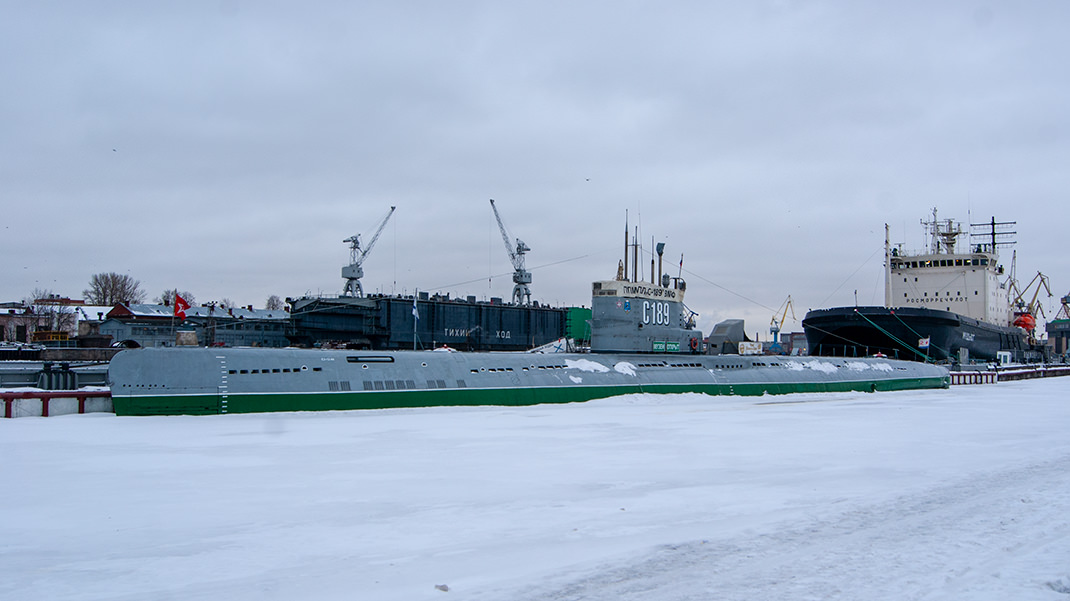
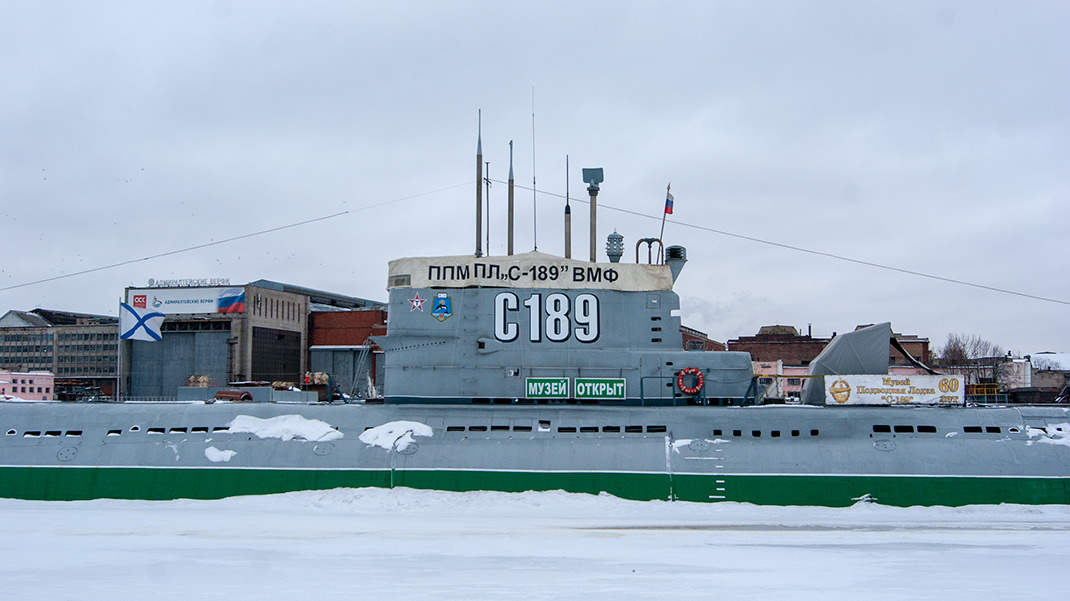
How to Get There
The nearest metro station is "Vasileostrovskaya." Exit the metro and turn right onto pedestrian lines 6 and 7 of Vasilievsky Island. Walk to the Neva River and turn right again. After about 800 meters, you will see the submarine.
The entrance fee is 400 rubles (winter 2019). Cards are not accepted.
A Bit of History
The S-189 submarine belongs to the 613 series, the first and most numerous series after World War II. Between 1950 and 1958, 215 units were produced. The submarine had a complex history; it was initially destined to be scrapped, but fate took a different turn when the submarine sank at a pier in Kronstadt. Later, Navy veterans decided to raise it and turn it into a museum. The raising work was completed in 2005, the first stage of restoration ended in 2007, and soon the submarine was placed at a permanent berth at the Lieutenant Schmidt Embankment. Interior restoration took another three years, and the submarine finally opened as a museum in 2010.
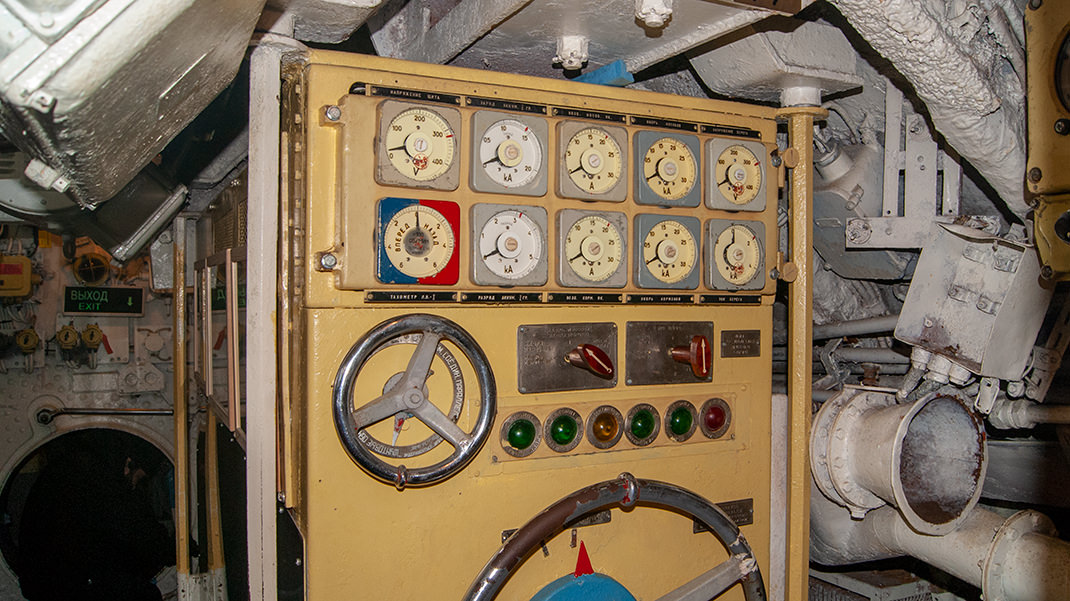
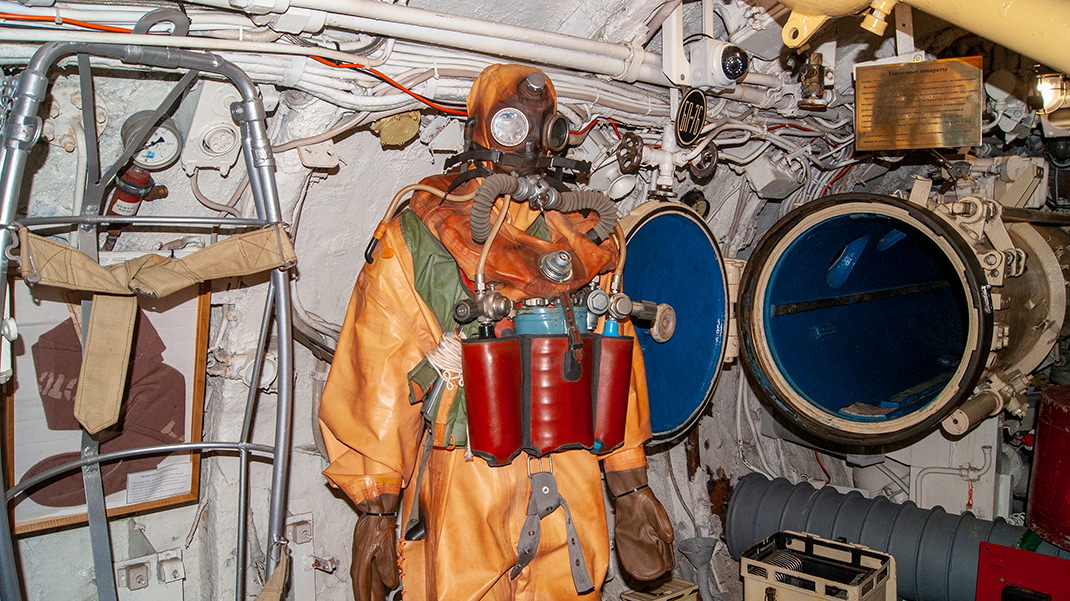
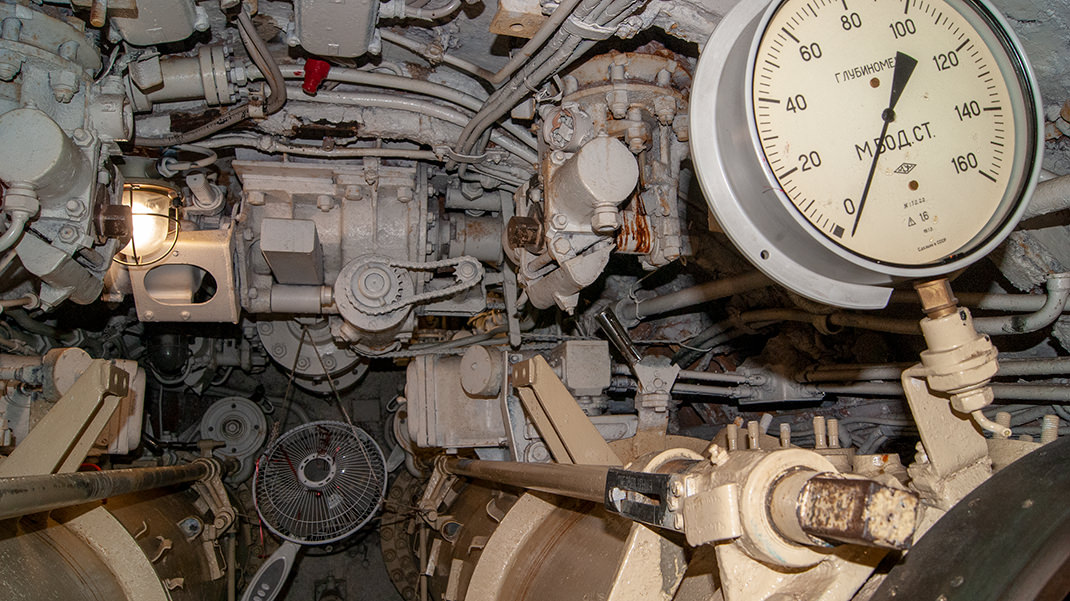
Tour
We visited the submarine S-189 during the January holidays of 2019. To enter the museum, you must pass through a floating dock and pier. Note that the weather was snowy, and no one was in a hurry to clean, so it was very slippery. Upon arriving at the submarine, we encountered a fairly long queue—only 10-12 people were admitted at a time. Our desire to visit the museum was strong, so we decided to wait, and after about half an hour in the cold, we got inside. Another detail: the museum does not have a restroom; the nearest one is at a café, which is quite a distance away, so it’s best to plan your restroom visit before the tour.
Entering through the former technical loading hatch, we pay for the ticket (cash only) and proceed to the 7th torpedo compartment, where the tour begins. Here, you will find a life jacket and two torpedo tubes through which the crew could evacuate if necessary. Additionally, there is an emergency hatch and manual controls for the rudders.
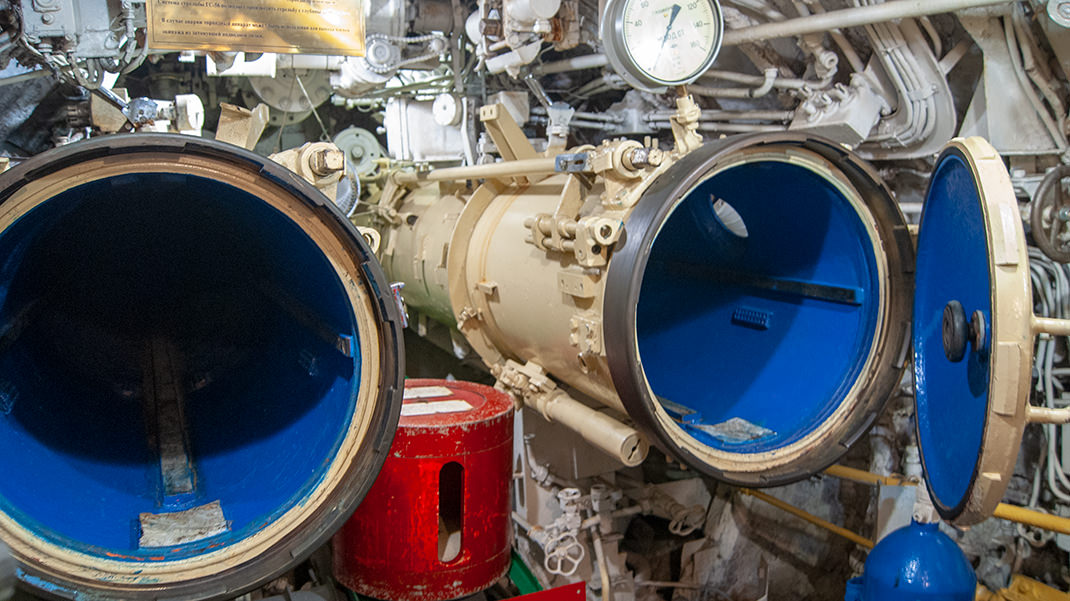
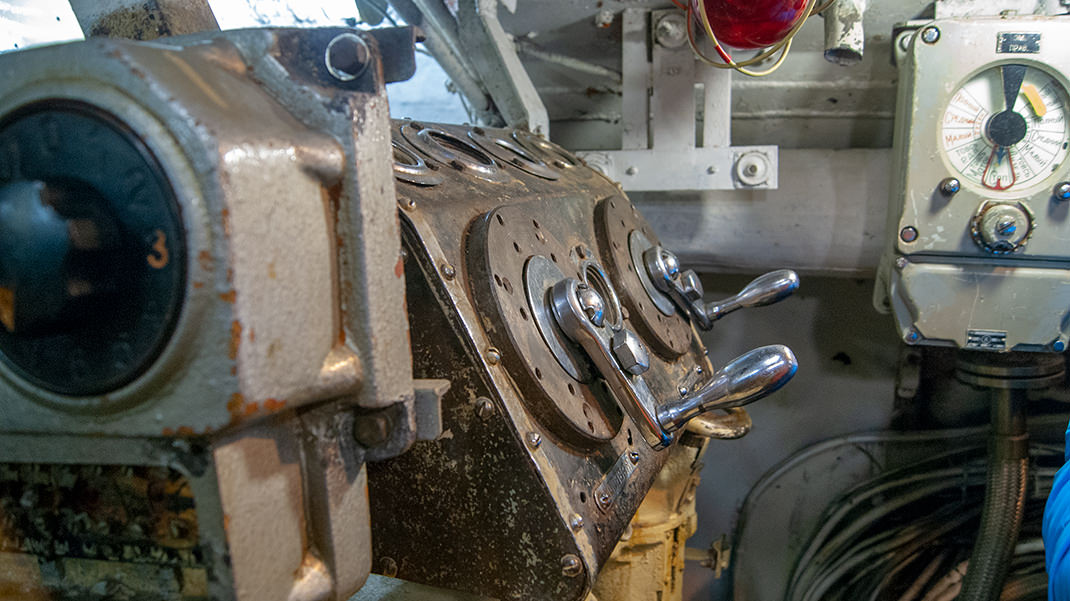
The tour continues in the 6th, electric motor compartment. Here, we learn about the submarine's four electric motors—two main and two economical (which were primarily used for underwater movement).
Next, we move to the 5th, diesel compartment. It houses two diesel engines, each with a power of 2,000 horsepower. This compartment also included an improvised shower, as no dedicated shower was originally planned. Warm water was sourced from the cooling water circuit of the diesel engines.
We then proceed to the bow of the submarine and enter the 1st torpedo compartment. Here, there are four torpedo tubes. The submarine's total armament included 12 torpedoes or 22 mines. The 1st compartment is also the most densely populated with 16 bunks.
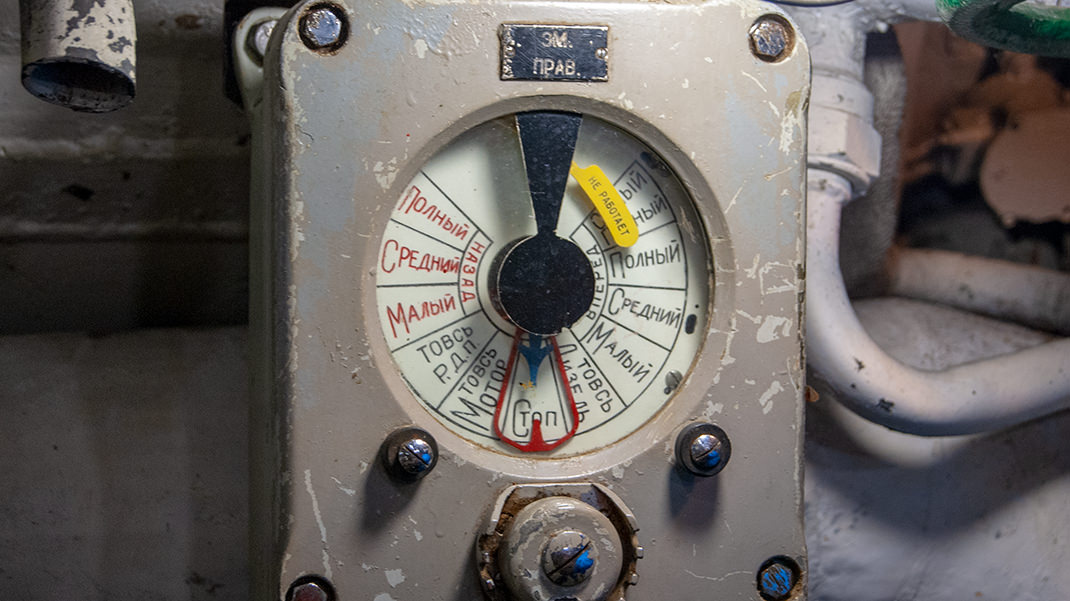
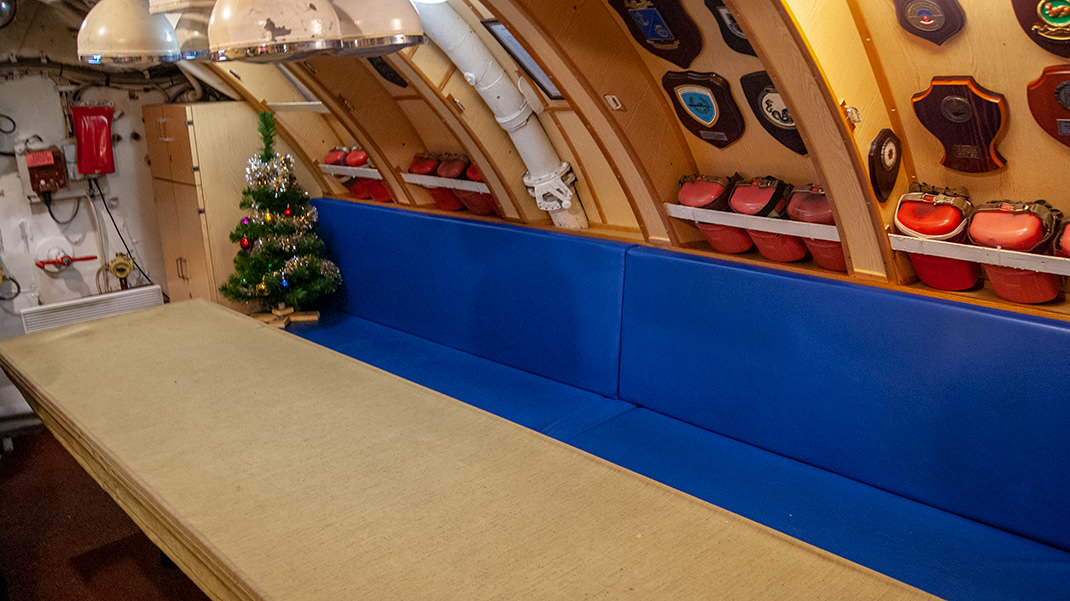
We visit the 2nd, battery compartment. It contains the officers' mess, officers' cabins, and the batteries under the floor. Notably, there is a special hatch in the upper part of the compartment for loading them.
We move to the 3rd compartment, which serves as the main control station. Here, the submarine's control panel is located.
We proceed to the 4th, also a battery compartment. This is where we entered the submarine, through the technical hatch for loading the batteries. In the lower (underfloor) part of the compartment are the battery batteries. The larger "living" part of the compartment includes the mess and galley. Interestingly, all provisions on the submarine were canned, including peeled potatoes, and even loaves of bread were canned.
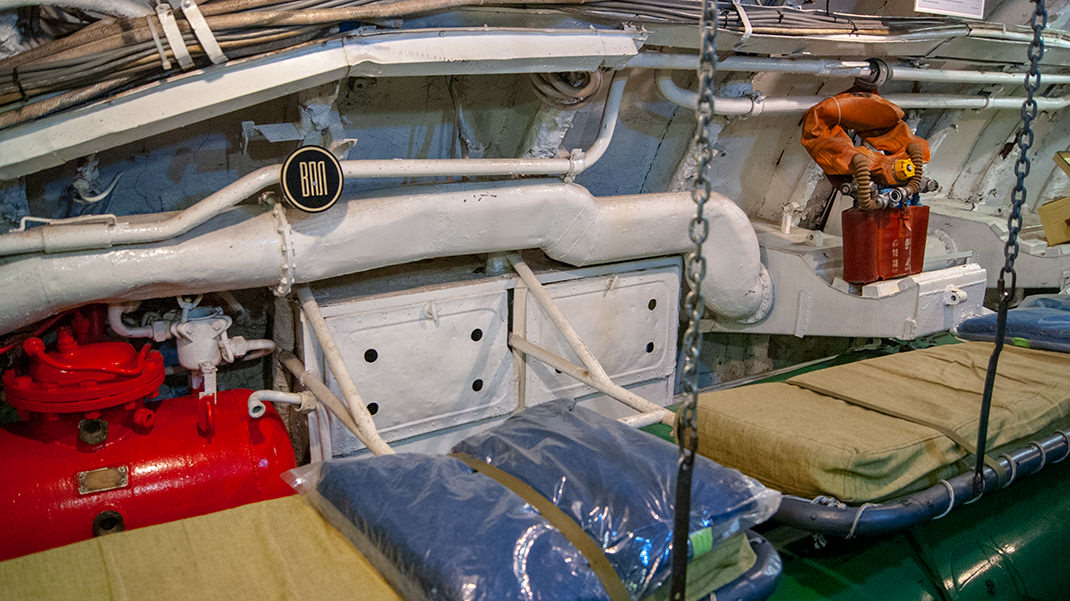
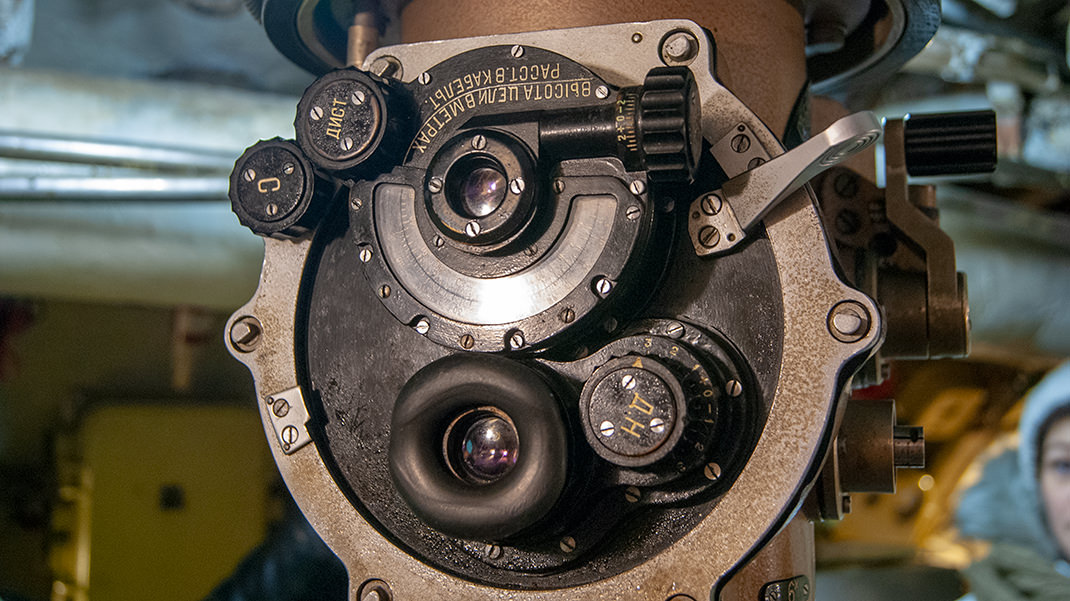
If you enjoy the submarine tour, we also recommend visiting the museum ship "Bespokoyny" in Kronstadt or the "Krasin" Icebreaker Museum. The latter is located just a few hundred meters from the submarine.
In summary:
- You’ll have to wait for the tour outside, so dress appropriately for the weather;
- The submarine’s compartments are very cramped, so wear comfortable clothing;
- The tour itself might not be the most fascinating, but you can take great photos and experience a once-combat vessel.



